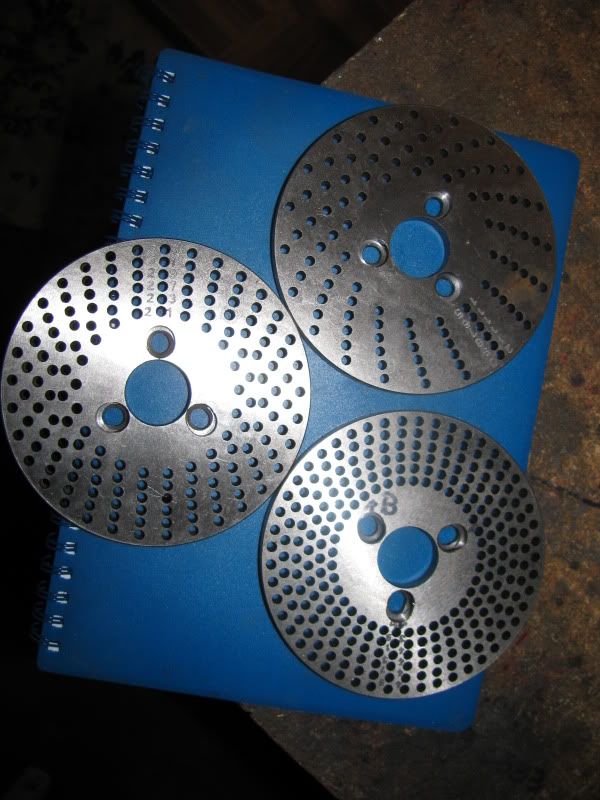John,
It's blurred, too dark and when he zooms in to show a gear the teeth are that out of focus that they could be any form.
I don't know which version you were looking at, but mine is perfect to watch.
I had already pre warned about the 'glaring mistakes', but I am looking at processes, of which he shows almost everything you can use to make gears that work, by manual means.
The calculations are easy enough to do yourself, in fact, most of them are done for you if you get hold of one of the many engineers handbooks. I use one from my hardback library from about 1920, and it shows me every size size of blank and depth of cut that I need up to a certain tooth count, plus all the easy calcs I need for everything else.
He shows about every easy way to make gears, especially the spiral flute hobs, which match my commercial hobs for operation, whereas the one you sent us to watch?
I downloaded every one of those youtube vids you pointed us to, just to put them into semblance of order, and he basically only shows the straight hob method, nothing else.
Plus, I think the last to one vid then shows 'Here is a program I wrote/got/stole to do all the calculations for my CNC machine to cut the gears with the hob I have just made' ?
OK if you are running a CNC mill, but if not, then not one bit of use to me at all.
Basically it showed me absolutely nothing that I had not already picked up from the DVD I mentioned.
Sorry John, we'll have to agree to disagree.
John
Too many Johns about here.







